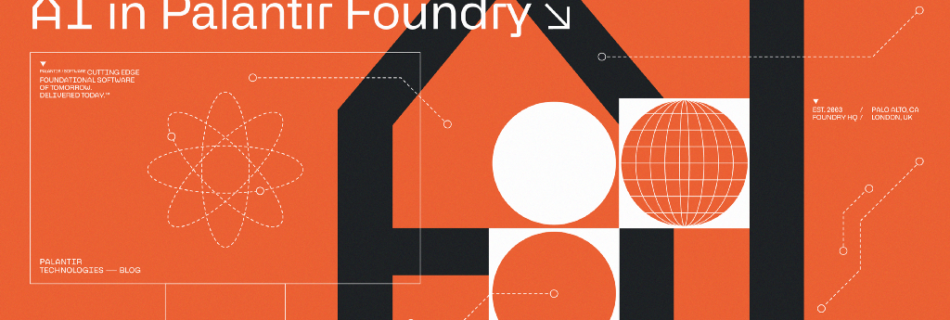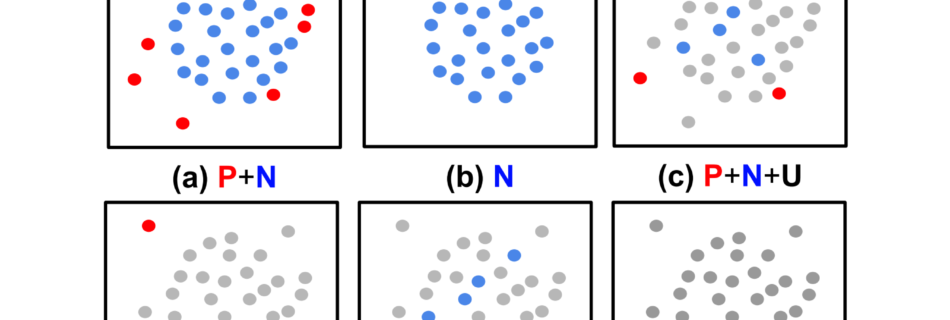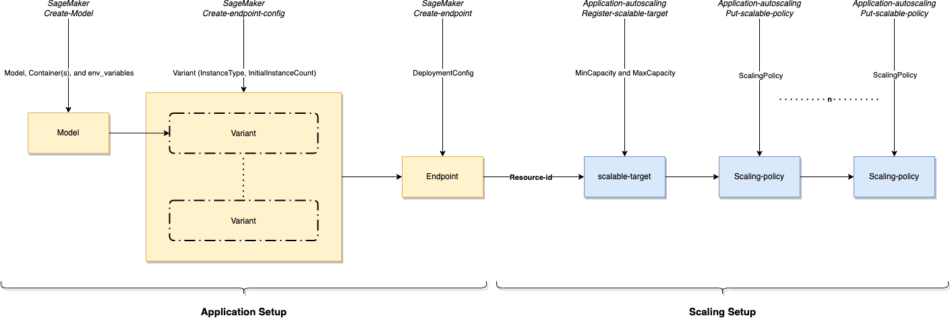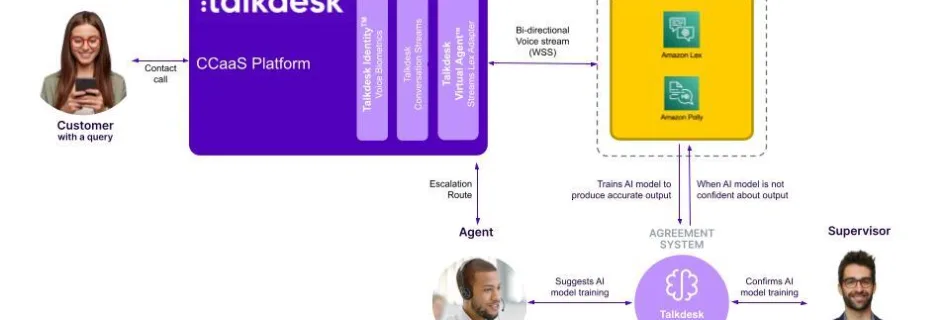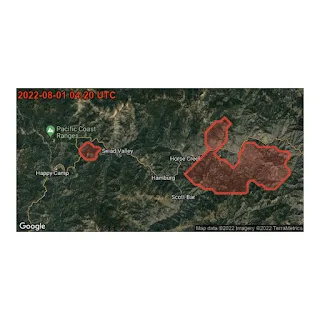Enabling Responsible AI in Palantir Foundry
Editors Note: The following is a collaboration between authors from Palantir’s Product Development and Privacy & Civil Liberties (PCL) teams. It outlines how our latest model management capabilities incorporate the principles of responsible artificial intelligence so that Palantir Foundry users can effectively solve their most challenging problems. At Palantir, we’re proud to build mission-critical software …
